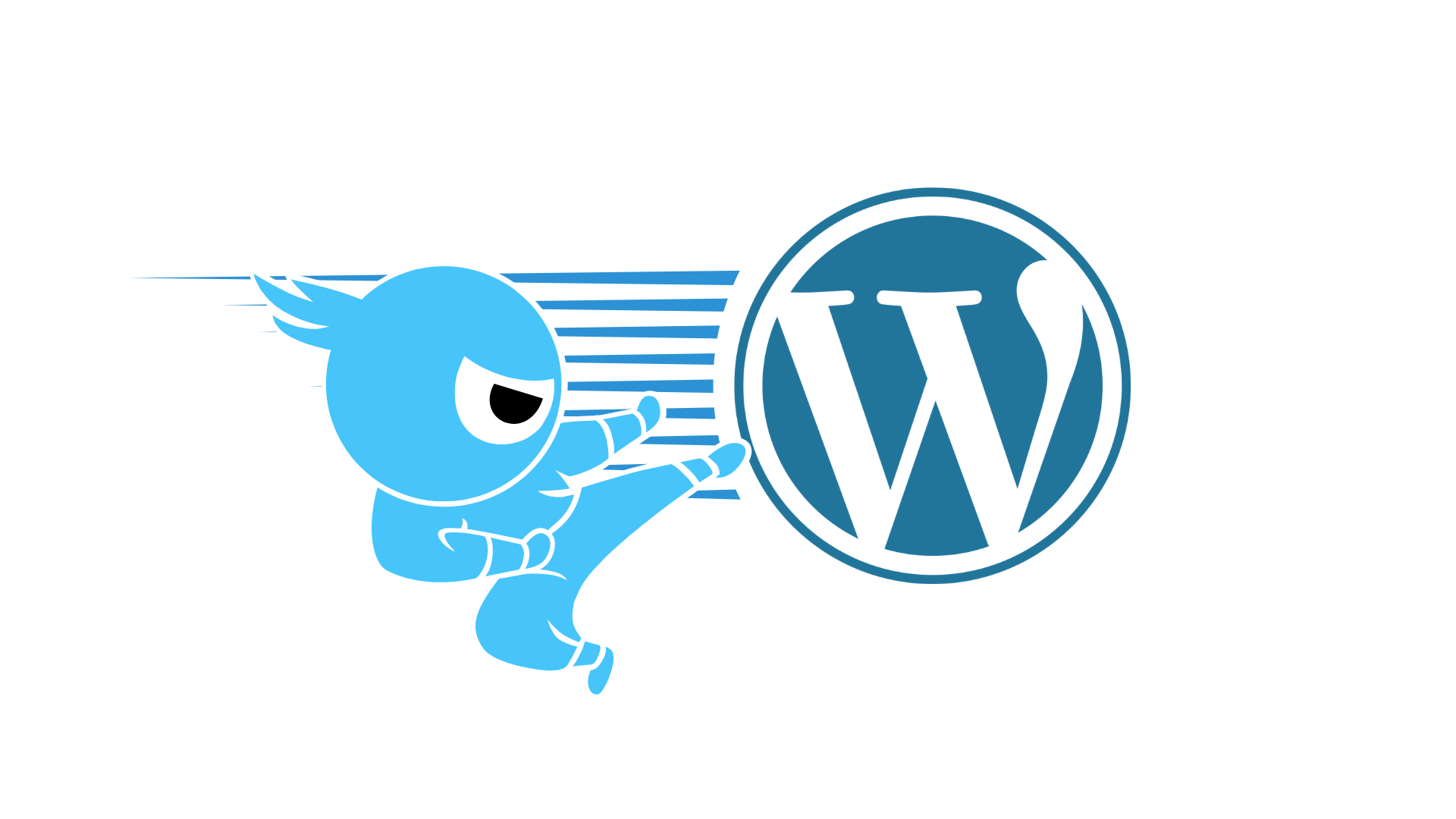Bye bye Wordpress!
The Ninjible step by step Wordpress migration process
Ninjible has set up a specific WordPress migration process.

This is not without reason. Some of our clients had their websites running on WordPress, and they were no longer satisfied.
There are several reasons why you might want to switch from WordPress to another system. Here are a few examples:
- Updating has become complex due to the many plugins
- The agency managing your updates is busy, slow, and has also become pricey
- Design updates are needed, but there are many WordPress-related limitations, requiring your design to be adjusted beforehand
- Multilingualism is desired but difficult to set up and, in practice, complex to maintain
We at Ninjible make no secret that switching from WordPress to our environment, where we develop, set up CMS, and provide hosting, is easier than you think. And it offers the following advantages:
Speed
- You get faster loading pages, without the use of plugins, which is also directly better for your SEO ranking. No need for WP-rocket, Yoast, or other extras. Just a site that is SEO and speed-optimized from the ground up.
- Kooboo is built for responsive design with mobile first as a principle. Many sites now receive more mobile than desktop traffic, and this shift is far from over.
- Faster turnaround times, thus lower costs. You spend less time briefing, following up, and correcting. The multi-language team at Ninjible is ready to carry out updates with the necessary flexibility and agility.
- Choosing Ninjible and the Kooboo environment means you are entirely free in terms of design. In Kooboo, we can make almost anything possible and provide an easy-to-use CMS.
But enough about the advantages. How does such a WordPress migration work?
Here are the 5 steps we go through with our clients:
- Exploration
- The actual migration
- Optimization & CMS configuration
- Testing
- Go-live and documentation
.png)
Step 1: Exploration
Before we do a migration… we do a migration.
With our development environment, we clone your website. This usually accelerates the pages and gives us a good idea of the technical structure, especially in terms of coding.
This way, we explore your existing site and discuss with you where you would mainly like to improve the site.
This clone is also handy at a later stage to compare the 'old' site with the new one. Because with every migration, we also do optimization of the design and sometimes the structure of the site. See step 3.
You can try out this exploratory migration yourself on Ninjible Now.
Step 2: The actual migration
After the exploration, the Ninjible team will now carry out the migration. Work is done in the background on a development server. For the client, there is an Acceptance environment (ACC). All pages appear here. They are already accessible through a CMS. This CMS is optimized in step 3.
In this step, existing integrations with external booking systems, job sites, payment systems, and mailing programs are also created.
Step 3: Optimization & CMS configuration
In the ACC environment, we jointly review the design and the integrations. Color changes, breaking up long pages into separate sections, optimizing images and videos, improving navigation.
Often, small steps can lead to huge improvements. Navigation, for example, often turns out to be difficult to improve in WordPress because, for example, the components of the navigation are managed in different places in templates and plugins.
We now also adjust the CMS in consultation. You can easily indicate which parts of pages can and cannot be edited. This can be different per user. Often, clients choose to make everything accessible. Either way. The result is an easy-to-understand CMS that enables users to edit and add content through text editors and file uploads.
Step 4: Testing
The most important step is a test of the site on the Production server (PROD). This is what will go live afterward. Our team tests along, and only when we have all the pixels in place and the integrations working as they did before, is the green light given.
Step 5: Go-live and documentation
At a pre-scheduled time, we change the DNS settings, and the URL of your site goes to the PROD server, and you are live. Shortly after this important moment, we also provide documentation. This consists of a manual for the CMS and a technical document describing the integrations and other aspects of the site and hosting.
From that moment, the WordPress migration is complete. You are now free from the surprises that used to accompany WordPress and plugin updates. You also no longer need subscriptions to multiple plugins. This means you only need one point of contact to discuss everything related to the site.
This could also be a total redesign or a recruitment site, or building a prototype for a new service.
You can go as wild as you want in terms of design, integrations, and technology. We will work with you to